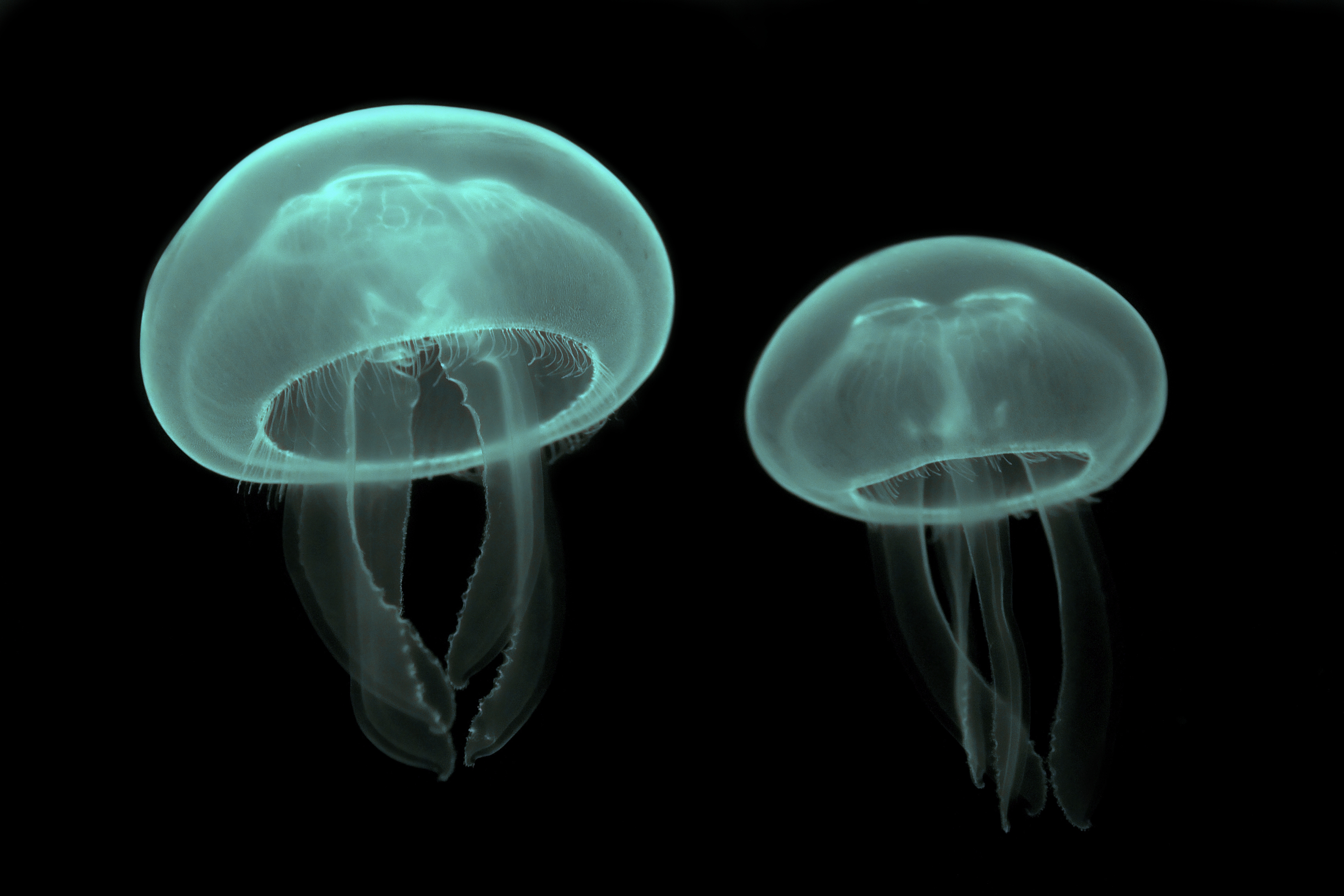El agua del mar, rica en esperma de medusas y ctenóforos
El agua del mar, rica en esperma de medusas y ctenóforos
Es uno de los hallazgos más sorprendentes de un estudio liderado por investigadores del Instituto de Biología Evolutiva (IBE) y el Instituto de Ciencias del Mar (ICM). Los gametos podrían tener un papel ecológico relevante como fuente de nutrientes para microorganismos marinos y el zooplancton, y, por tanto, en el ciclo del carbono. El estudio, en el que se ha identificado un nuevo grupo de animales, confirma que al menos un 85% de la biodiversidad animal está aún por conocer.

Como cada verano, es muy probable que nos zambullamos en el mar y traguemos por accidente un poco de agua. Un estudio liderado por investigadores del Instituto de Biología Evolutiva (IBE) ―un centro mixto del CSIC y la Universitat Pompeu Fabra (UPF)― y el Instituto de Ciencias del Mar (ICM-CSIC) ha descubierto que, además de tragar compuestos químicos como los cloruros de sodio y de magnesio y cientos de microorganismos por ahora desconocidos, con cada trago de agua marina podríamos estar ingiriendo una gran cantidad de esperma de cnidarios (medusas) y ctenóforos ―unos animales muy parecidos a las medusas. Asimismo, los investigadores han identificado un nuevo grupo de urocordados, unos animales que normalmente están fijados en el fondo marino y que se suelen confundir con las anémonas. Los resultados se han publicado en la revista Scientific Reports.
El estudio se enmarca dentro del proyecto europeo BioMarKs, cuya finalidad es estudiar la diversidad de los organismos unicelulares eucariotas ―es decir, los organismos celulares con un núcleo diferenciado. En el marco del proyecto, se han muestreado columnas de agua y sedimentos de ambientes con oxígeno y sin oxígeno, en seis puntos de muestreo repartidos por la costa europea: Oslo (Noruega), Roscoff (Francia), Gijón y Blanes (España), Nápoles (Italia) y Varna (Bulgaria). Las muestras se filtraron con la finalidad de separar los microorganismos en función de su tamaño; a continuación, se extrajo el material genético, que fue secuenciado.
En todas las muestras se hallaron grandes cantidades del gen 18S, omnipresente en las células eucariotas y que normalmente se usa para identificarlas, como si se tratara de un código de barras. Al estudiar el material genético, se observó que una gran parte del gen 18S pertenecía a organismos no identificados. Se trataría de acelmorfos, platelmintos, quetognatos y nematodos. Por otra parte, se identificó un nuevo grupo de urocordados.
Los resultados confirman lo que ya han apuntado muchos estudios: a pesar de que hay más de 1,5 millones de especies animales descritas, se calcula que hay, al menos, 8,5 millones más sin identificar. Así pues, se desconoce la mayor parte de la diversidad animal que, fundamentalmente se trataría de animales microscópicos ―con un tamaño inferior a los 2mm3, y conocidos con el nombre de micrometazoos. «Los resultados evidencian que los biólogos aún tenemos mucho trabajo por hacer para entender la diversidad animal marina», afirma Iñaki Ruiz-Trillo, profesor de investigación ICREA en el IBE, y miembro también de la Facultad de Biología y del Instituto de Investigación de la Biodiversidad de la Universidad de Barcelona (UB).
El esperma, fuente de alimento
Los investigadores observaron un elevado porcentaje de material genético en la fracción filtrada más pequeña. Teniendo en cuenta el pequeño tamaño de algunos gametos animales, estimaron que lo más probable es que el material genético proceda del esperma de algunos metazoos con fecundación externa, sobretodo ctenóforos y cnidarios. La proporción del material genético del esperma es especialmente abundante (un 33%) en las muestras sin oxígeno.
Dada su abundancia, los científicos apuntan que el esperma podría tener un papel relevante como fuente de alimento para microorganismos y zooplancton, y que, por tanto, tendría un impacto notable en las redes tróficas marinas que hasta el momento había pasado desapercibido. «Los ecólogos tenemos que plantearnos seriamente el papel del esperma como fuente de nutrientes en la red trófica, especialmente en los periodos de desove, en los que los gametos son liberados al medio en cantidades ingentes», explica Javier del Campo, investigador del ICM-CSIC.
ARTÍCULO: López-Escardó, D.; Paps, J.; de Vargas, C.; Massana, R.; Ruiz-Trillo, I. & del Campo, J. Metabarcoding analysis on European coastal samples reveals new molecular metazoan diversity Scientific Reports (2018) 8:9106 DOI:10.1038/s41598-018-27509-8
